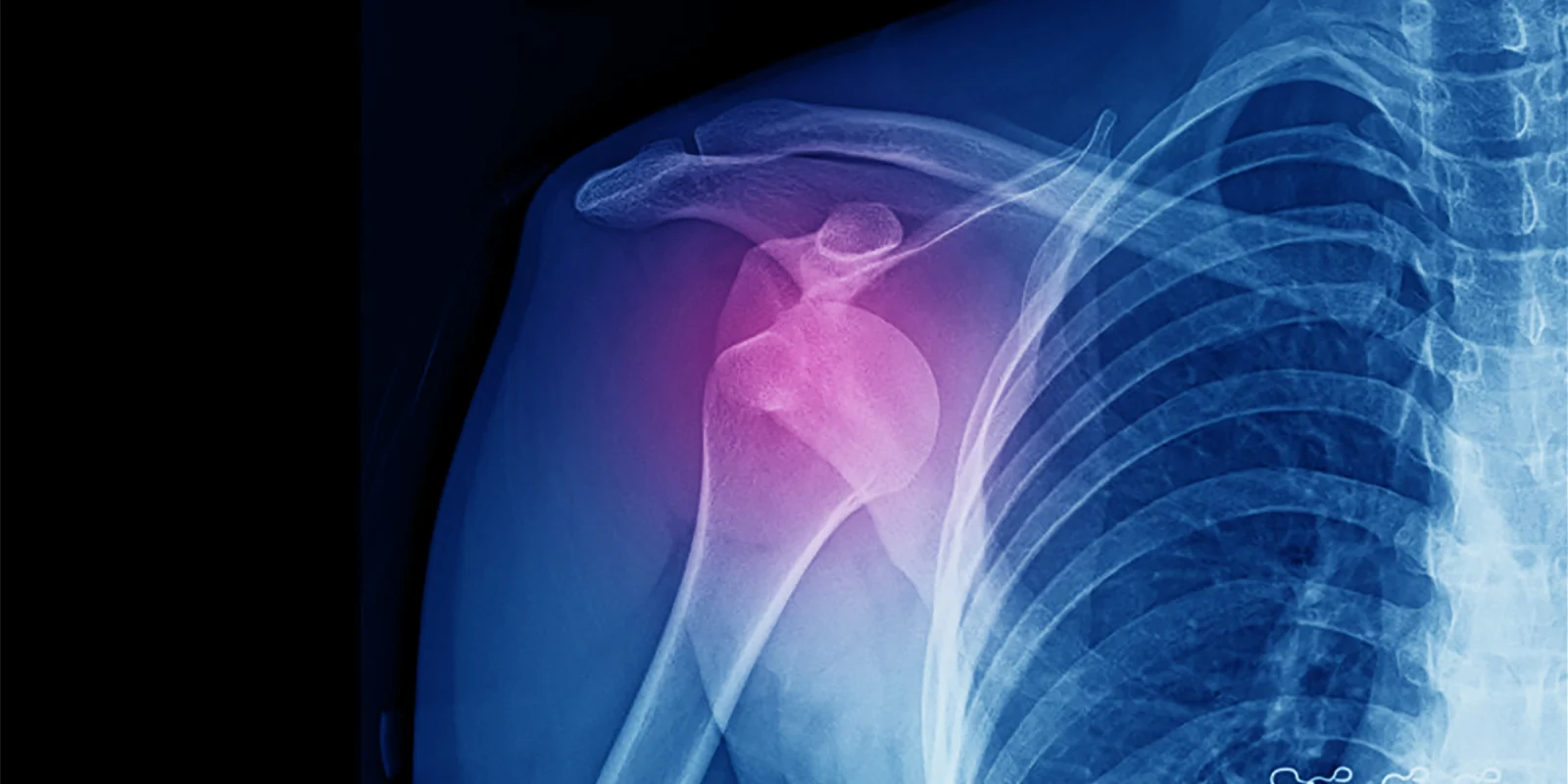Dr. Lisa Friedman is a 2020–2021 Doximity Research Review Fellow. Nothing in this article is intended nor implied to constitute professional medical advice or endorsement. The views expressed in this article are those of the author and do not necessarily reflect the views/position of Doximity.
Which patients need surgery following a shoulder dislocation — and what type of surgery? These are controversial questions. In 2007, Yamamato et al. described the concept of the glenoid track, which takes into account the degree and location of humeral and glenoid bone loss in predicting which shoulders are at risk for redislocation. “On-track” lesions are not engaging. That is, bone loss involving the humeral head — the Hill-Sachs lesion — is contained within the glenoid track throughout its entire range of motion. These lesions are thought to be at low risk for re-dislocation, and thus are often addressed with less invasive techniques, such as arthroscopic procedures.
In a recent study, Li et al. demonstrated that identifying which patients are at risk for re-dislocation is often a more complicated question than the glenoid track concept can answer. The authors retrospectively reviewed patients who underwent arthroscopic Bankart repairs for anterior instability. Of the 173 patients who met inclusion criteria, 16% had recurrent instability. Li et al. found that recurrence was associated with the percentage of glenoid bone loss, a larger Hill-Sachs lesion, the occurrence of more than one episode of instability prior to surgery, and a smaller distance-to-dislocation (DTD) value. The DTD was defined as the distance from the medial edge of the Hill-Sachs lesion to the medial edge of the glenoid track. “On-track” lesions with a small DTD value were classified as “near-track lesions.” The authors found 8mm to be the critical threshold that best predicted failure after arthroscopic repair.
Lesions of bone loss have long been instrumental, both in predicting recurrence and in dictating surgical decision-making. However, the Li et al. study suggests that the classic binary categorization — “on-track” versus “off-track” — is insufficient. Not all on-track lesions are the same and therefore cannot be dismissed as clinically benign. Rather, these lesions should be thought of as a continuous variable, and surgical decisions must be made in the context of all factors, including the age of the patient, activity level, the distance to dislocation, the number of instability episodes, and the size of the bone defect. This article demonstrates that in cases wherein a “near-track” lesion has a DTD less than 8mm, a more invasive procedure (such as a Latarjet) may be the superior approach over an an arthroscopic repair.
Lisa G. M. Friedman graduated from Case Western Reserve University with a medical degree and a master's degree in bioethics. She is currently the orthopaedic trauma research fellow at Geisinger Medical Center. Her interests include shoulder and trauma surgery, and she enjoys creative writing and playing sports in her free time. Dr. Friedman can be found on Twitter, @Shoulder2LeanOn. She is a 2020–2021 Doximity Research Review Fellow.
Image: Yok_onepiece / shutterstock







